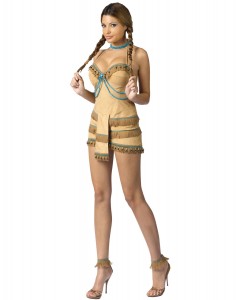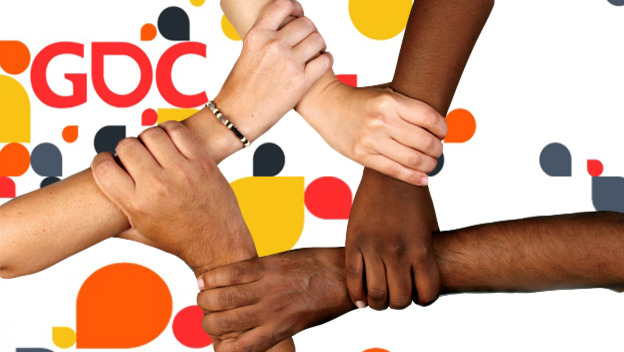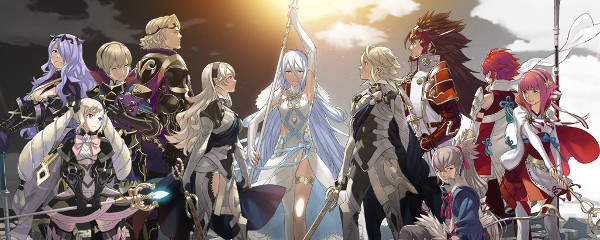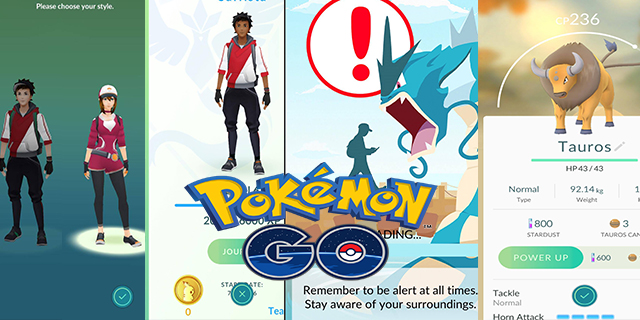After having the relentless fashionista Gracie visit my town in Animal Crossing for the first time last week, it dawned on me how little clothing I owned to pass her rigorous checks. I was able to pull together enough flashy clothing to make it through and pass but in the process I was sent into a bit of a mayoral panic – after restlessly waiting for her to show up why hadn’t I prepared my wardrobes for each of her ten style themes? Why had I relied so much on QR codes and neglected the lovely Able sisters’ clothing store? Determined to be prepared for whatever Gracie would demand on her next visit, I added a trip to the clothing stores in town to my list of daily chores and have now began to accumulate bits and pieces of each theme. However, as I arrived every morning to a new rack of clothing I noticed that there was a certain shirt that would come around from time to time, which I assume has matching pants to go with it, that Mable assured me would make me look like a “chief,” referring, of course to the Native American figurehead. While I by no means think that Animal Crossing is being intentionally offensive (except for perhaps not allowing players to pick the skin tone of their character and reducing them to “tanning” in order to get any shade other than white, that’s just ridiculous), I was disappointed to see that my beloved game had fallen into the same streak of racial appropriation, tokenization, and race-based “Othering” that runs rampant during the Halloween season.
Like the “chief costume” found on the mannequins of the Able Sisters’ shop or the “Feather Hat” (clearly meant to be a Native American headdress) you can steal from a skeleton (another issue in and of itself) and equip in Don’t Starve (as well as in many other customizable image games), it isn’t hard to find culture and race based costumes available for sale in Halloween stores or online. Many stores may even have a whole section devoted to them: Asian, Middle Eastern, Native American, among others. These costumes, which are often based on harmful stereotypes or involve themes that are offensive or irreverent, portray minority cultures on a level with characters or creatures often made into Halloween costumes that are scary, mythical, or funny. This not only dehumanizes them and even in some cases denies their existence altogether, but continues to cement them as the “Other” or something different from the “normative” of society. We are encouraged to wear a costume of something that isn’t real on Halloween, donning the role to achieve mastery over its mystery, and when making a caricature out of a minority or PoC it reaffirms the power held by the person making the mockery.
This in mind, when a person with privilege dons a costume of those not in positions of power, they are also denying the realit ies that group of people might face and the effect that a misrepresentation of their culture might have on their sense of self. Given the continuous struggle for positive and proper representation in the media, when they are reduced to being seen as these stereotypes, it only further results in internalized societal discrimination. One of the most prominent examples of this comes from the creation of “sexy” or sexualized female versions of these costumes in such a way that it removes the struggle women of color face, particularly given sexual agency and notions of their sexual availability. For instance, the “Sexy Geisha” perpetuates Orientalist constructs of Asian exoticness and results in their oversexualization, emphasized by the costumes’ description of having “quiet sensuality” meant to “impress suitors” in a way that incorrectly reduces their role as an inherently sexual one. Furthermore, Native American women, who are more than twice as likely to be sexually assaulted than the national average and who have a one in three chance of being a victim of rape or attempted rape, are almost always the focus of “sexy” Halloween costumes: the “Pocahottie,” described by the allure of “going native,” the “Sexy Dream Catcher,” and the “Makin Reservations,” designed to “create smoke signals,” all of which directly contribute to indigenous rape culture by emphasizing their sexual availability. Though the overlaying of sexuality creates another dynamic , associating inherent eroticism with women of color, cultural costumes diminish that person’s humanity and identity.
ies that group of people might face and the effect that a misrepresentation of their culture might have on their sense of self. Given the continuous struggle for positive and proper representation in the media, when they are reduced to being seen as these stereotypes, it only further results in internalized societal discrimination. One of the most prominent examples of this comes from the creation of “sexy” or sexualized female versions of these costumes in such a way that it removes the struggle women of color face, particularly given sexual agency and notions of their sexual availability. For instance, the “Sexy Geisha” perpetuates Orientalist constructs of Asian exoticness and results in their oversexualization, emphasized by the costumes’ description of having “quiet sensuality” meant to “impress suitors” in a way that incorrectly reduces their role as an inherently sexual one. Furthermore, Native American women, who are more than twice as likely to be sexually assaulted than the national average and who have a one in three chance of being a victim of rape or attempted rape, are almost always the focus of “sexy” Halloween costumes: the “Pocahottie,” described by the allure of “going native,” the “Sexy Dream Catcher,” and the “Makin Reservations,” designed to “create smoke signals,” all of which directly contribute to indigenous rape culture by emphasizing their sexual availability. Though the overlaying of sexuality creates another dynamic , associating inherent eroticism with women of color, cultural costumes diminish that person’s humanity and identity.
It may be said that a costume might be trivial when compared with more blatant displays of racism, but it is nevertheless important to examine how this just further perpetuates the rhetoric of inequality. So be it this Halloween or in any game in which we encounter costumes that we, and that importantly includes children too, or our characters may don that may further marginalize it is important to consider how we might be contributing to a system that continues to perpetuate harm, one chief costume or plastic geisha wig at a time.





One thought on “Cultural Costumes and Racism: From Animal Crossing to Halloween”